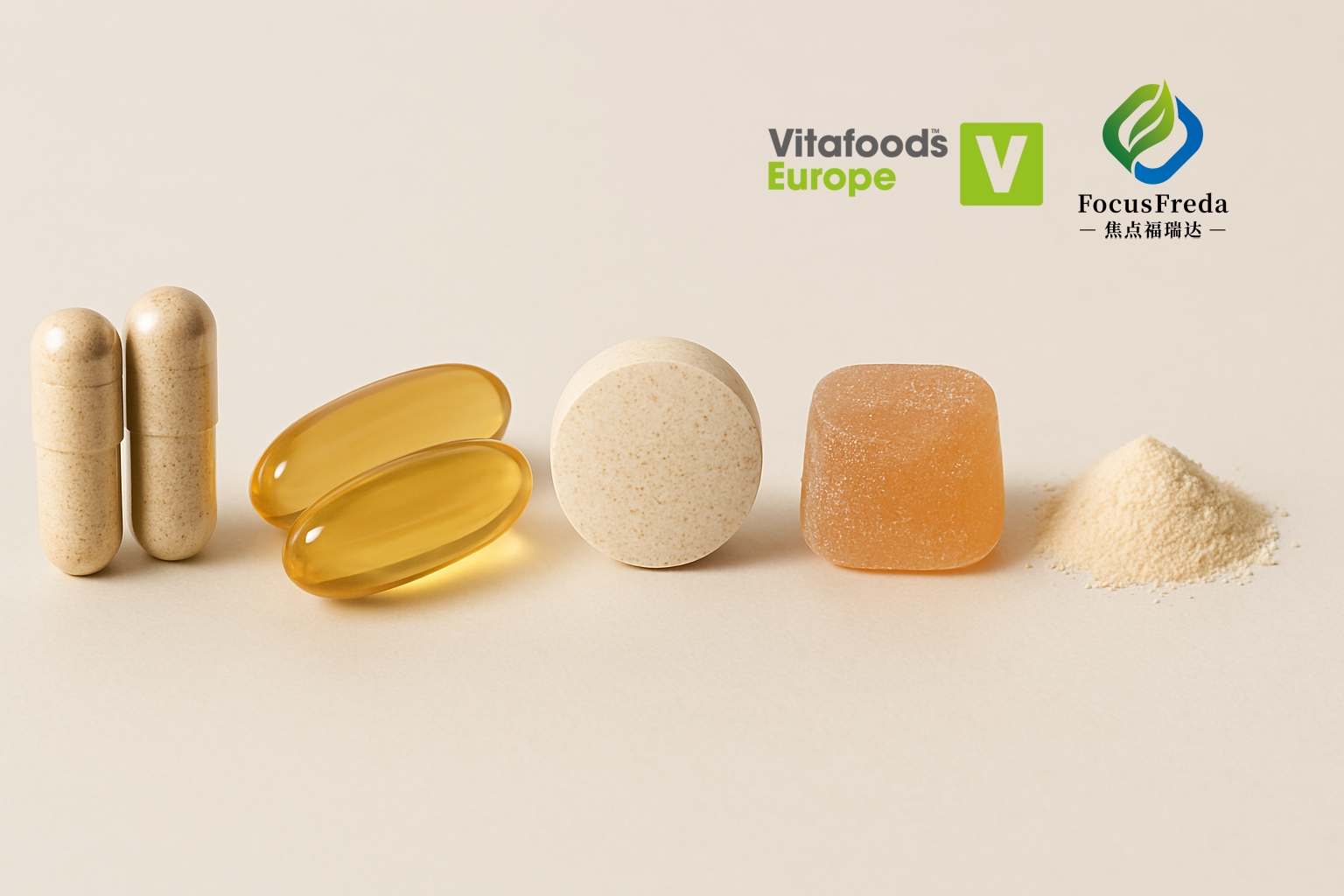Can You Use Niacinamide and Hyaluronic Acid Together?
Release time:
2024-11-22
Niacinamide and hyaluronic acid are two powerhouse ingredients in skincare, celebrated for their versatility and compatibility with various skin types. But can they be used together? The answer is a resounding yes. When combined, these two ingredients complement each other, offering synergistic benefits that enhance overall skin health.

Niacinamide: A Multifunctional Skin Savior
Niacinamide, or vitamin B3, is a water-soluble ingredient known for its ability to strengthen the skin barrier, reduce redness, regulate oil production, and minimize the appearance of pores. It also has anti-inflammatory properties, making it ideal for acne-prone and sensitive skin.
Additionally, niacinamide plays a role in reducing hyperpigmentation and improving skin texture by supporting the production of ceramides, which help maintain the skin’s moisture balance.
Hyaluronic Acid: The Ultimate Hydrator
Hyaluronic acid is a humectant that attracts and retains moisture, ensuring the skin stays plump, hydrated, and smooth. It works across various skin layers, depending on its molecular weight, to deliver hydration both on the surface and deeper within the skin.
By keeping the skin adequately moisturized, hyaluronic acid helps reduce the appearance of fine lines and enhances the efficacy of other skincare ingredients.
The Synergy of Niacinamide and Hyaluronic Acid
Using niacinamide and hyaluronic acid together creates a harmonious effect that benefits all skin types. Here’s how:
- Enhanced Hydration: Hyaluronic acid draws moisture into the skin, while niacinamide strengthens the skin barrier, helping to lock in that hydration for longer-lasting effects.
- Improved Skin Barrier Function: Niacinamide’s ability to support ceramide production works in tandem with hyaluronic acid’s hydrating properties, resulting in a fortified barrier that resists environmental stressors.
- Balanced Oil Control and Hydration: For oily or combination skin, the pairing provides moisture without overloading the skin, helping to balance oil production while maintaining hydration.
- Soothing and Calming Benefits: Niacinamide’s anti-inflammatory effects complement hyaluronic acid’s gentle hydration, making the combination suitable for sensitive or irritated skin.
How to Incorporate Them into Your Routine
Both ingredients are highly compatible with each other and can be used in the same routine without conflict. Follow these steps for best results:
1. Cleanse: Start with a gentle cleanser to remove dirt and impurities.
2. Apply Hyaluronic Acid: While the skin is slightly damp, use a hyaluronic acid serum to attract moisture into the skin.
3. Layer Niacinamide: Follow up with a niacinamide serum or product to strengthen the barrier and enhance hydration retention.
4. Moisturize: Seal everything in with a moisturizer suited to your skin type.
5. Protect: Finish your morning routine with sunscreen for added protection.
Niacinamide and hyaluronic acid are a perfect pairing for achieving hydrated, balanced, and resilient skin. By addressing hydration and barrier support simultaneously, this duo ensures comprehensive skin health. Whether your skin is dry, oily, or sensitive, incorporating these two ingredients can elevate your skincare routine to deliver visible, long-lasting results.

BLOGS
From joints to eyes: How sodium hyaluronate became the unsung hero of modern medicine
Discover how sodium hyaluronate (hyaluronic acid), plays a vital role in modern medicine—from joint injections to eye treatments and wound healing. Learn more about its benefits and Focusfreda’s high-quality supply for global markets.
The Truth About Sialic Acid: What It Is, What It Does, and Where It’s Used
Learn what sialic acid is, where it comes from, and how it supports brain health, immunity, and skin — from baby formulas to modern skincare and supplements.
Meet Cistanche: The Desert Plant That Helps You Stay Energized and Regular
Discover Cistanche — the desert herb known as the “Ginseng of the Desert.” Learn how this plant supports energy, digestion, and wellness in modern supplements.
The Superpower of Red Ginseng: Ancient Roots, Modern Energy
Red Ginseng is a science-backed adaptogenic herb that supports energy, immunity, and stress balance. Learn how Focusfreda’s high-quality ginseng ingredients fit today’s health products — and visit us at Vitafoods Europe!
Focusfreda & Vitafoods Europe 2025 | Unlock the Power of Functional Ingredients
Join Focusfreda at Vitafoods Europe 2025 from May 20–22 to explore top ingredients like food-grade hyaluronic acid, Tremella polysaccharide, new botanical extracts, and dietary supplement OEM solutions.
Why Are There So Many Supplement Formats?
Why do supplements come in so many forms? From capsules to gummies, discover the science, absorption, and personalization behind each format — and how OEM factories like Focusfreda make it all possible.








